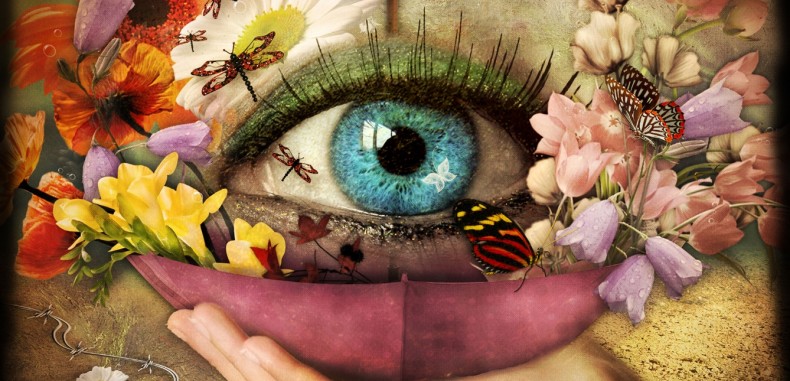The power of focus in igniting the chakras. Learn how to control and hold your stores of focus using Drishti.
Meditation, self-reflection, and self-discovery have two things in common:
- All of them are the introspective roads towards knowing one’s self, and hence achieving balance and harmony,
- All of them demand and rely on our ability to hold and control our focus.
When it comes to self-discovery and actualization, focus is very important. And when we speak about focus, “control” is important.
Focus is a natural, renewable resource that all of us have. However, for each day, our mind is capable of withholding a limited store of this valuable resource.
Hence, how much control we have over it determines how effectively we utilize this resource, how much we can achieve each day, and how drained or energetic we are left at the end of day, or week.
In this series we will discuss important meditation practices from the Drishti branch of yoga.
What is Drishti and Why We Need It More than Ever?
Dristhi are the yogic exercises that focus our gaze for the sake of increasing and strengthening our intention. In Sanskrit, Drishti also refers to wisdom, a point of view, and vision.
It is one of the most interesting practices.
When we direct our eyes to look at objects, we do it with an intention, even when it’s just for a brief moment (e.g. a simple sweep or random surfing of channels/ videos/ content). In doing so we allow our attention to automatically flow from us and towards objects outside of us.
This wandering gaze has become the hallmark of our modern culture, a curse that is amplified by advertisements and catchy content (visual, text, aural, etc.).
As we become “glued” to content, we readily drain our attention.
This random direction and loss of control over our attention is a result of our inability (or weakened ability) to form, control, and hold our intentions.
In a world where we are consistently bombarded with attention-seeking objects, and where information overload has allowed us to create “filters”, we have lost the ability to intend for ourselves and to center our focus on ourselves.
As a result, we find it hard to become intimate to someone that is closest to us and who knows us best — ourselves.
This is where yogic meditation practices from Drishti come in.
Before we embark on practicing the yoga poses, some preliminary understanding is needed.
Understanding Focus: Some Important Aspects and Consideration
- The amount of focus and the level of control we have at the starting of the day determines how much we can achieve during the day. This requires empowering different chakras from where focus emerges.
- Our “control” is a matter of how we prioritize our efforts and declutter our environment. This requires working on our intention. The stronger they are, the easier it is to declutter.
- Our control determines the amount of focus we allow to flow through our attention. This also requires working on controlling our chakras.
- How much control we have over it determines how usefully we use it at the end of the day on ourselves.
And before we start with the exercises, gain a basic understanding of the various Dristhi focal points
Important Drishti Focal Points
We will be working with five eye focusing points:
- Sahasrara (Crown chakra) — You will focus on the top of your head (middle skull). This is the final destination of kundalyni as it journey’s from the bottom of the spine (Moola Dhara). This is used to achieve clarity and declutter the mind.
- Ajna Chakra (Brow Point) — You will focus on the point between your brows, which is the accepted seat of the third eye. This focal point is important in building your aura and hence clarity of your intentions and store of your focus.
- Nasagrai Drishti (Tip of your Nose) — This is one of the Bandh (locks) located throughout the body. Think of them as dams that direct the flow of energy throughout the body. Focusing on it is said to stimulate the frontal lobe of brain and pineal gland (the third eye). It is often the most challenging focal point.
- Gazing at Chin — This gaze is used to increase reflective abilities, allowing calm introspection
- 1/10th open — Unintuitive as it may seem, this gaze is unfocused, opening your intuition and inner systems to become mindful
Next time you meditate or practice yoga, train with the focus gazed techniques until you master it. It may take a while, but the results are surely worth it.


















Social Links: